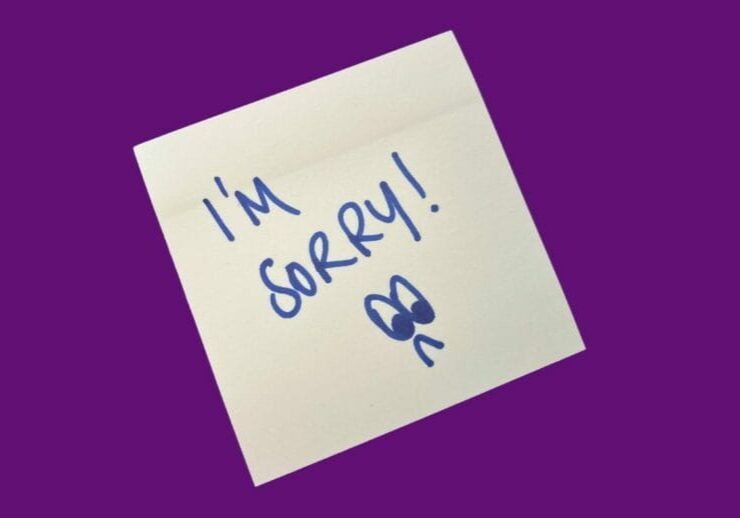How to Change a Toxic Culture

Company culture can be summed up as “how business gets done”, it’s the organizational equivalent of “personality.” When it sparkles we all want to be associated with the company, when it becomes toxic it’s something we tolerate or avoid.
Unfortunately, without care and attention a healthy culture can become toxic. It can slide into an ongoing nightmare that has a lasting and detrimental impact, not just to the company reputation, but to the reputation of everyone who works there.
At SkyeTeam we’re often called to work with organizations and team’s who have taken their eye off the proverbial ‘Culture Ball’ and ended up with the culture they deserved rather than the culture they need to ensure success.
The Cost of Toxic Cultures
Employee Engagement is one way to assess organizational health and is a hot topic for many organizations. Gallup estimates employee disengagement costs the U.S. $450 billion to $550 billion annually. Disengagement is $7.8 trillion global problem.
It’s a fairly basic concept, and we all get it: A healthy #culture with engaged employees is good for #business—and perhaps most compellingly, bottom lines.
However, in spite of all the care, attention, and resources lavished on employee engagement programs since it first came to prominence nearly 30 years ago, the needle has barely moved.
Gallup continues to report that, of the approximately 100 million people in America who hold full-time jobs, 30 million—or 30%—are engaged and inspired at work. At the other end of the spectrum are roughly 20 million employees—or 20%—who are actively disengaged. The other 50 million—that’s 50% of full-time workers in the U.S.—are somewhere in the twilight zone of engagement: Not fully engaged and involved at work, yet not totally switched off. They’re just kind of . . . there.
Assessing Your Culture
How can you tell whether your company culture is healthy or in need of intensive care and potentially toxic? There are three questions you can ask to take a pulse check on health of your workplace. These three questions appear simple on the surface but have uncovered underlying issues that have held our clients back from achieving the results expected of them.
- In the last seven days have you:
- Been surprised or blindsided by the words or actions of a colleague?
- Hesitated to make a decision for fear of others’ reactions?
- Been guarded with your opinion or avoided sharing feedback with a colleague so as not to rock the boat?
If you have answered “yes” to any of these questions, your office culture may need of urgent attention as you may be on your way to a toxic culture.
Even if you answered “no,” I would still encourage you to pause and reconsider your answers, if, in the last few weeks, you’ve returned home and said something along the lines of the following to your friend/significant other/dog:
- “You won’t believe what happened at work today!”
then you may be in the early stages of denial!
Three Steps to Recovery
Creating a healthy organizational culture is a critical factor for success in the 21st Century Workplace. In researching our book, You, Me, We. Why We all need a friend at work (and how to show up as one!) we had the opportunity to interview leaders around the world about their experience of cultures, and relationships at work – the good and bad.
In our podcasts, People First! and The Corporate Bartender we’ve spoken with top leadership thinkers. All shared tales of cultures that enabled employees to thrive, and the horror stories of the toxic environments that crushed motivation and left careers in tatters.
A little care and attention to your company culture goes a long way. Here are three key three steps to nurture a healthy culture.
- Create Opportunities for Candor and Debate – Organizational values are a great tool. However a poster is NOT the way to go. If you want a corporate culture built on trust, candor, teamwork then your ACTIONS need to demonstrate this. If your employees feel the need to ignore the elephant in the room, or filter their messages in order to fit in and be successful then things need to change. The change starts at the highest level of the organization – role modeling the expectations, not by a memo or motivational poster.
- Leverage the Power of Storytelling – If your employees share horror stories about your company and the villain’s past and present that work(ed) there then you need to create new stories that champion the desired culture. Stories are a powerful way to change corporate cultures. Look for the opportunities to reinforce and share the good-news stories. Tales that celebrate the successes and behaviors that are desired, rather than the toxic horror stories that may have been.
- Celebrate the Role Models – Make sure that your reward processes (whether monetary, promotion, or trophies and symbols) recognize the healthy productive behaviors that you want reinforced and not the “toxic habits” that may keep you stuck.
Nurture The Culture on Your Team and in Your Organization
If you now realize that you are immersed in a culture with toxic tendencies, don’t panic. You can turn this around. Whatever the reason for why you find yourself where you are you owe it to yourself to make the first move to effect change. Make sure you are not building or maintaining a toxic culture, nurture candor and debate, change the stories and reward the behaviors that will stand the test of time and get you, your team and your organization on the path to a healthy productive culture.

Let's Connect





